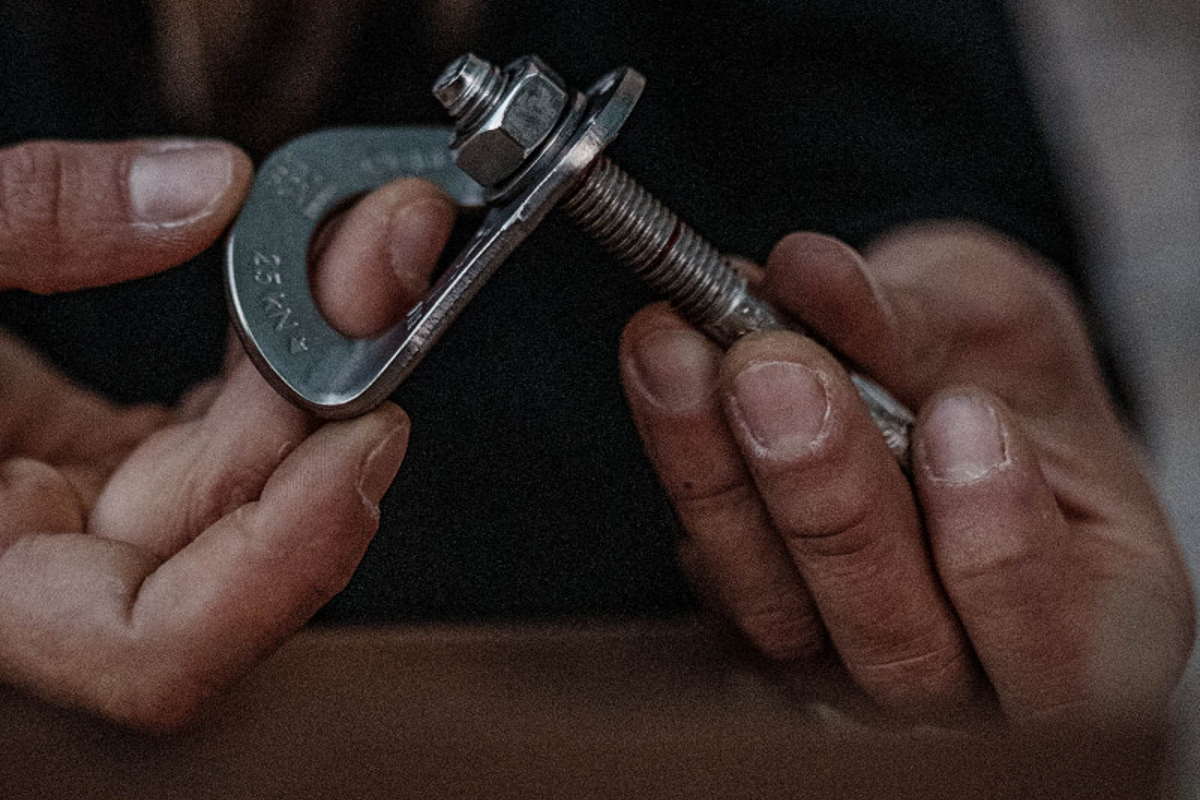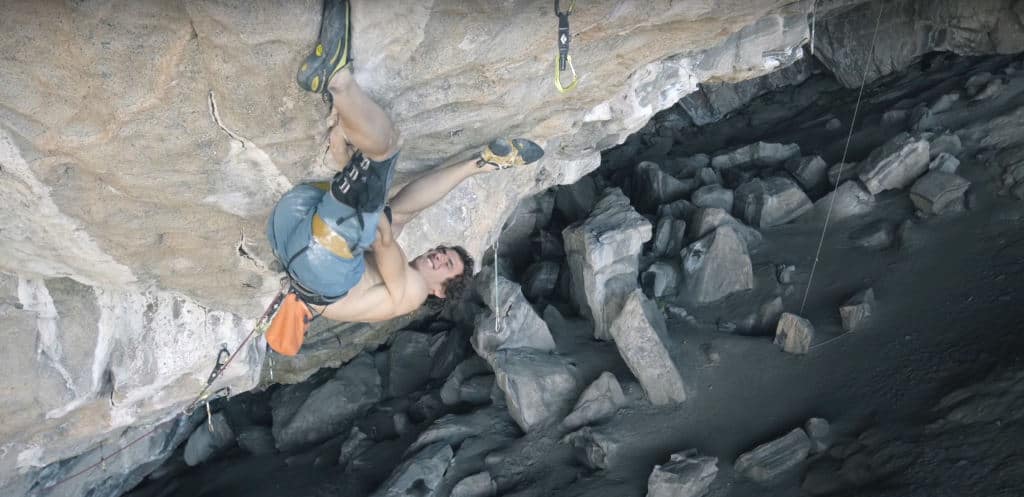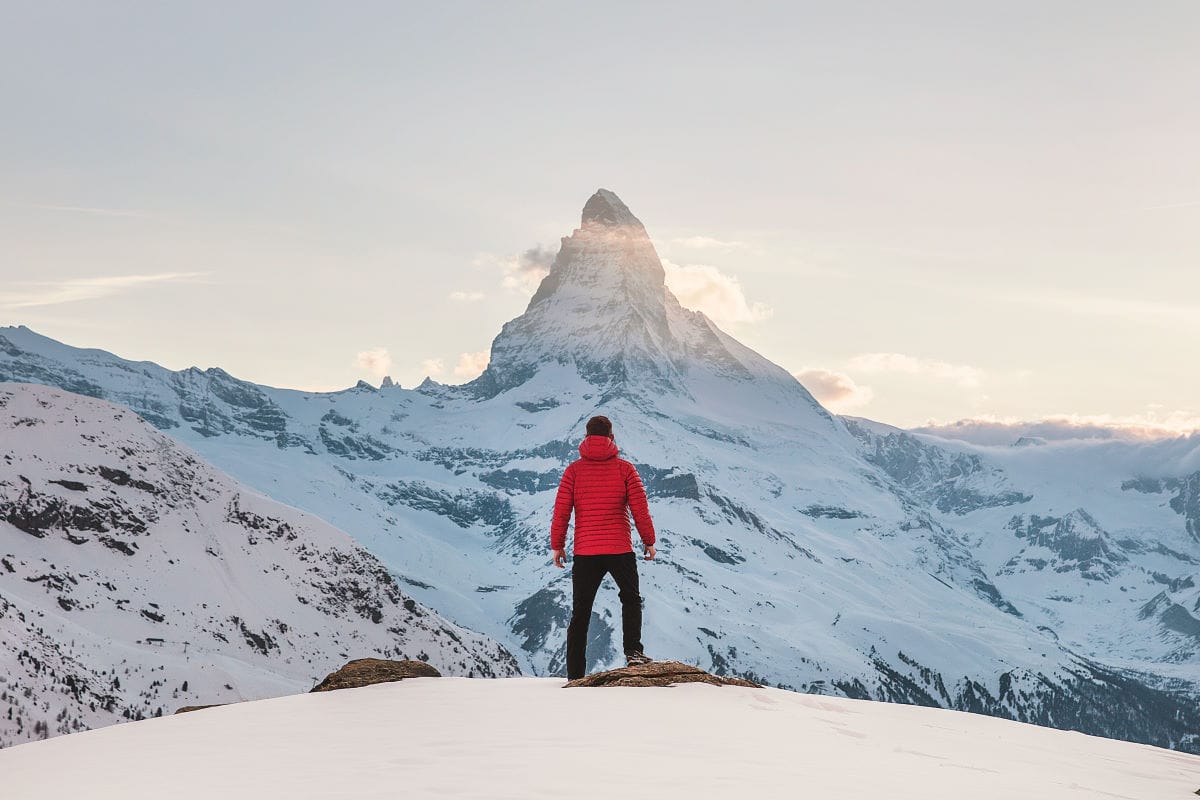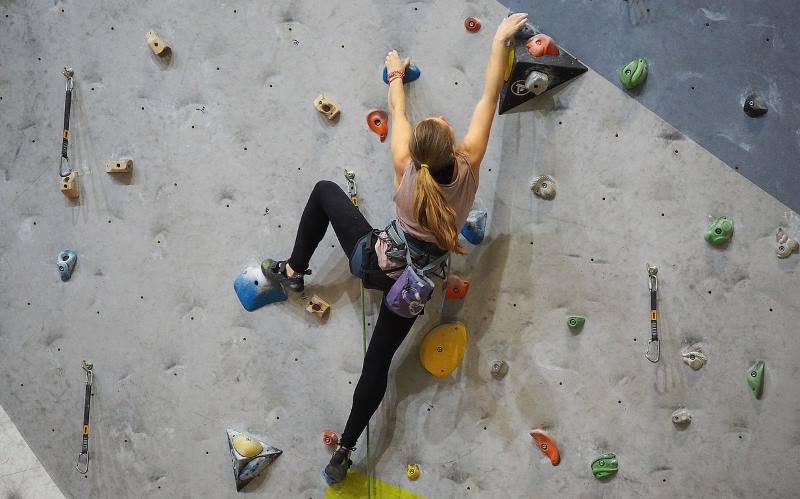Summer is here! Time to trade in that gym membership for a taste of the real deal, and what better way to start climbing outside than bouldering. It’s one of the easiest ways to transition from indoor climbing as there are only a few need-to-knows and no ropes involved. Here are our top tips for your first time outside bouldering session – the last point is the most important
Find the Right Area for You
Going outside for the first time completely throws off everyone – no matter how hard you climb. The lack of obvious holds, the new body positioning, the added brain power dedicated to the landing zone and more all contribute. I would always recommend finding an area with a lot of different routes at a grade much lower than what you’d try inside.
Getting 10 easy routes down trumps a scraping, awkward couple by far. Treat this as a fun test for you to learn more about what climbing on rock feels like, and enjoy topping out the fun scrambles. This will help you get better at judging routes based on what the rock looks like, and gives you a chance to spy new potentials further off the ground.
Falling Right
If you’ve bouldered inside before you’ll most likely know the basics of falling safely. Most bouldering accidents come from landing with your full weight over the ankle or on your wrist, or when falling on a limb where your knee or elbow is twisted. The key to avoiding these falls is first to be aware of your body position on the climb and how this translates to you hitting the ground.
Skateboarders have it right – fall in a ball. Aim to land on your butt or your side at low heights and always avoid reaching out with your hands to stop yourself. You want to present a larger mass of your body to more evenly spread the impact of the fall. From a larger height you’ll want to be ready to land on your feet, quickly compacting your legs to absorb that impact again. Before climbing try squatting on your mat and jumping up and down a few times back into a squat to get the motion and the stretch right.
10ft Summit
It’s worth mentioning that topping out might be something you haven’t done before. It can be scrappy and there is no issue with checking how safe/possible the top out is by taking a look at the route top-down first. You may not be able to see things like slippery moss or killer brambles or a pre-placed rope ladder. The experience of completing a hard route then slipping at the top “easy” bit is a shared one with no shame…
Spotting
How to watch and aid the climber’s fall at low levels of climbing. Methods and reasons for spotting are varied so it’s worth watching the below video. Remember that spotting normally won’t involve you “catching” a falling friend but is more about guiding the fall for them to be upright, sometimes helping to stop unwanted movement or rotation, and aiming them towards a pad or simply away from a dangerous obstacle. Protect your hands and fingers by keeping your fingers and thumbs together and flattened, aiming to make contact with the climber with the flats of your palms. Knees and elbows should always be bent.
Use Your Mat Wisely
The big difference in outside bouldering is that you will generally have a smaller landing area. The wall-to-wall thick padding of a gym becomes a thinner mat with a smaller area outside. Wider and thicker pads are normally better but what you do with what you’ve got is more important. Before jumping on the route think about where you are likely to come off. If this changes through the route make sure a friend is ready to pull the map to the right position quickly, always keeping on eye on you to make sure you won’t fall on them. This ties into the point below.
Hazards
Dependent on your area you may never have a flat landing. Boulder fields often feel like nature’s battlefields – strewn with smashed up cliffs and carnivorous foliage. In terms of ethics, it’s normally fine to move small rocks from a landing zone but check if it’s ok to remove foliage. Plan for rocks that are jutting out and protect your head at all costs. Sometimes a small fall on a weird landing can pendulum your head onto a rock. Take a mental note of hazards for each climb, use hoodies/jackets as extra padding on the floor/rocks if needed, and say no if the risk is too high.
Be Good
Check online to see if there are restrictions and stick to them. Areas take work to find and set routes and often involve a lot of negotiating access – don’t be the reason it get’s taken away for others and respect the hard work that went into developing the area. This also includes where you park – check it out first to see if landowners have set no-go areas. Take an extra trash bag and bring it back full. The idea of “Leave No Trace” can be one-upped by leaving a place better than you found it. REI have a great article which covers issues like human waste, vegetation, tick marks, brushing and more. Crag dogs may be a no go – even small ones with cool hats.
To be sure and keep it simple, check your local guidebook or to be more up to date use an online resource like SuperTopo, Mountain Project, Rockfax or UKClimbing.
Pebble Wrestling is a Social Sport
Bouldering is often the go-to climbing style because of its sociability. As a group you can hop on and off of routes, share beta and encouragement, and try problems in totally different ways. Bring friends and don’t be afraid to ask on a forum or in your gym to meet up with others. Climbers love climbing and are often really happy to share this love and encourage others whatever their level.
Boulders are physical and mental puzzles that can take a team to crack. Advice is given freely and is never meant to put people down, feel free to spray along. You never know, maybe you’ll get invited to the new secret crag.
Keep it Fun
Can’t sit start the route? Don’t worry, try it your way and take pride in being able to link 2 or 3 moves together instead of the whole route. Don’t worry about having the most downturned hook-toed shoes or the right vegan beanie. Don’t worry if Daniel Woods and co are projecting the next V16/8C+ on the next rock over.
As your first outdoor experience there is no pressure to be the best, push yourself hard, or even do a full route with the right holds. Sometimes half the fun of a day is getting through the trail itself and experiencing that feeling of being out there and seeing a place people might never have found otherwise.
Where have you been this summer? Get involved and let us know your favourite bouldering areas on our twitter, instagram and facebook
Feature Image of Bouldering Field in Flock Hill, New Zealand from Uncle Somebody



